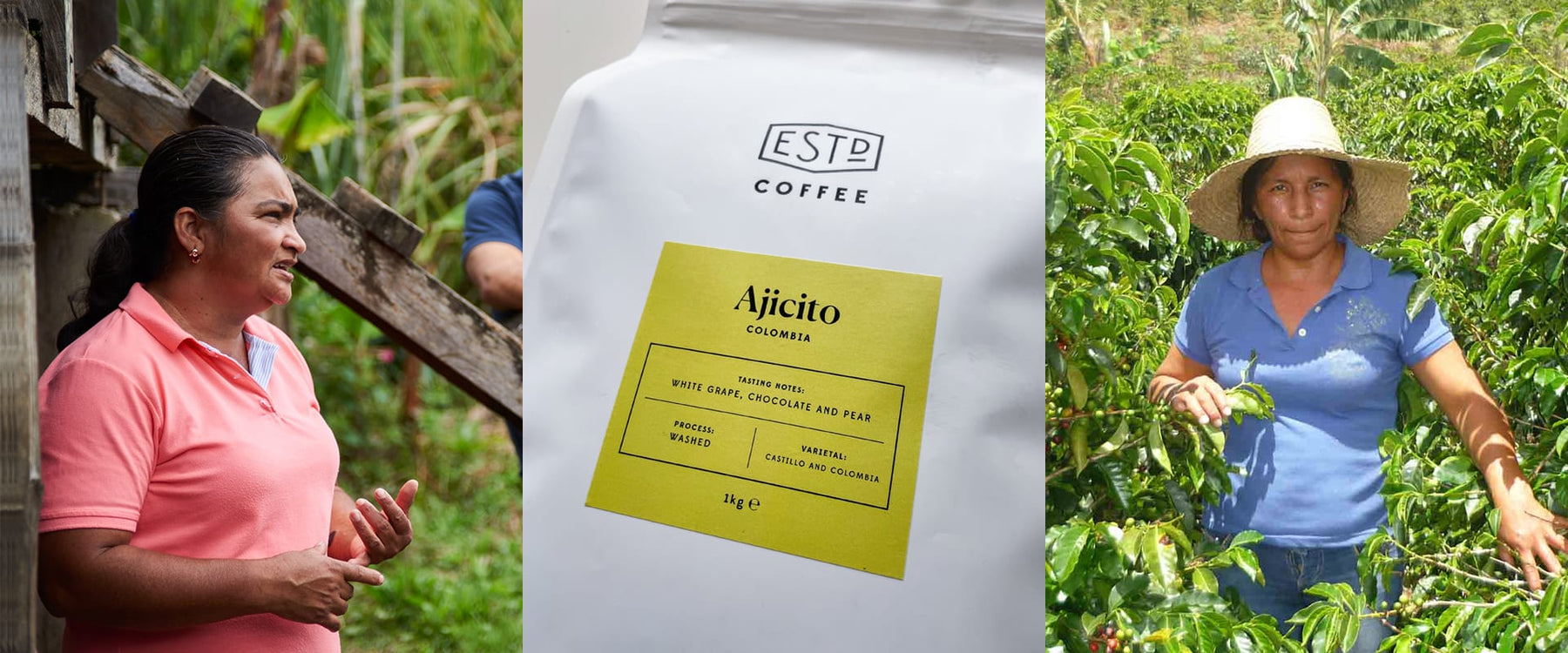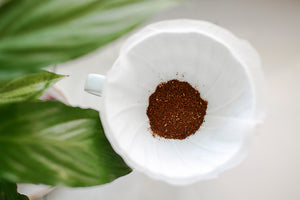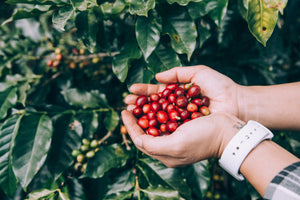
ASMUCAFE: Colombia’s All-Female Coffee Production Group Behind October’s Filter Coffee
ASMUCAFE or Asociación de Mujeres Agropecuarias de Uribe, highlight the warmth and strong character of a land as solid as the municipality of El Tambo in Colombia. The origin of this month’s filter coffee is produced by a group of women-only coffee growers and land owners. Their objective is to respect the coffee bean as if it were their own family. The care, and the traditions, and methods at the moment of processing the coffee resemble the values that they want to instil in their society: honesty, commitment, respect, solidarity and quality. Their mission as an association is to improve their families’ quality of life through coffee farming, and to contribute positively to their community.
One of the things that makes this coffee special is undoubtedly the reduction of the gender gap that exists in the coffee sector and that women have been experiencing for years. In this case, the coffee supply chain is linked by a complete team of women; the monitoring and supervision of the coffee growing, the control of the harvest, the selection of the beans, the fermentations, and the drying process are all in the hands of women. At all times. Once again, the essence of this bean brings the passion of years of battle against the prejudices and difficulties of an area that is no stranger to the bad times that the South American country has gone through.
On the other hand, historically, Colombia’s coffee has been characterised by beans with sweet and delicate notes, which with classic processes have taken some varieties such as Castillo or Colombia to the top. These two varietals are unusual in that their ripeness is not determined by the usual 'burgundy' colour, instead an intense purple colour and a bright red respectively.
 Image credit: Cafeimports
Image credit: Cafeimports
In recent times Colombia’s established processing techniques have been complemented with new, more innovative processes. This break from tradition allows producers to give a nod to the types of plants that are adjacent to the coffee crops, through the shade that they produce and the properties that they contribute to the soil. By growing other native plants alongside the coffee trees, it allows producers to us to develop new attributes in the coffee fruit. Along with the experimental attitude to coffee processing and fermentation we, the coffee drinkers are able to enjoy the full spectrum of flavours present in Colombian coffee.
Particularly in the region of El Tambo, there are extensive cultivations of Chontaduro and sugar cane for the production of panela. For this reason, it is essential to develop key flavour notes such as chocolate, which according to the double fermentation process, allows to reach those notes of white grapes thanks to an acidity that plays in your mouth between the malic and tartaric with great character. So now let's move from 1700 meters above sea level to the place where you can turn this text into your next drink:
With a couple of clicks you can have in your hands a coffee with history, one of daring and innovative processes. Not to mention grown by an all-female alliance pushing towards greater gender equality in coffee. Under the master touch of a British Roastery who took this coffee to the next level: Our October filter coffee is that which was roasted specifically for the Northern Irish Aeropress Championships. We are lucky enough to be able to offer it to our subscribers and customers for a limited time only.

The coffee itself, in its final form is something unique too; roasted to perfection by Belfast legends Established Coffee. During processing, the Castillo (purple cherries) and Colombia (bright red) variety undergo an unusual double fermentation process. Fresh cherries are left in the loading hoppers for 14 hours, then they are de-pulped in the afternoons and evenings and left in the more traditional open fermentation tanks. Next they go through the usual cycle of repeated washing before being dried either by machine or in the sun. The result is a bright, characterful coffee with notes of white grape, pear and chocolate.
__
Subscribe to this month's coffee
Get 40% OFF your first month using code SUB40.







